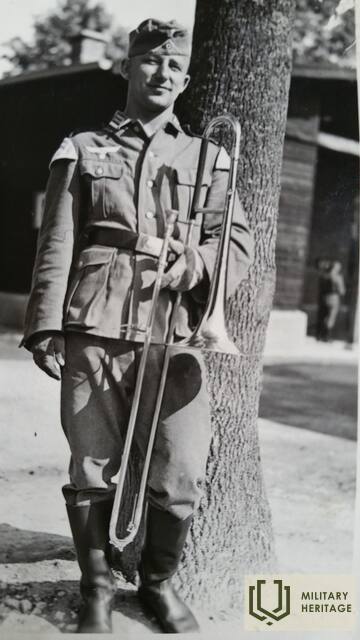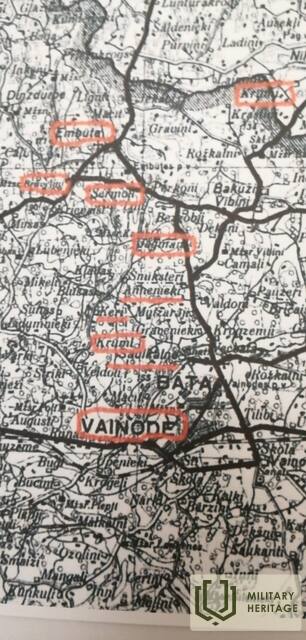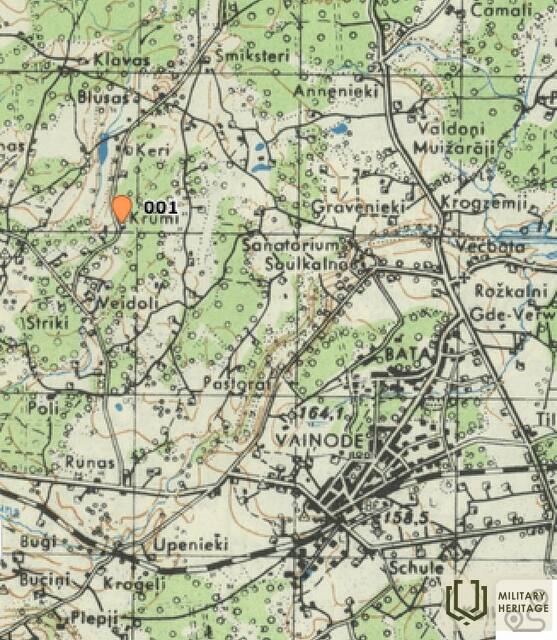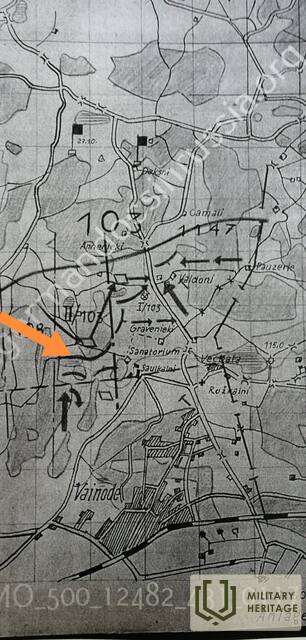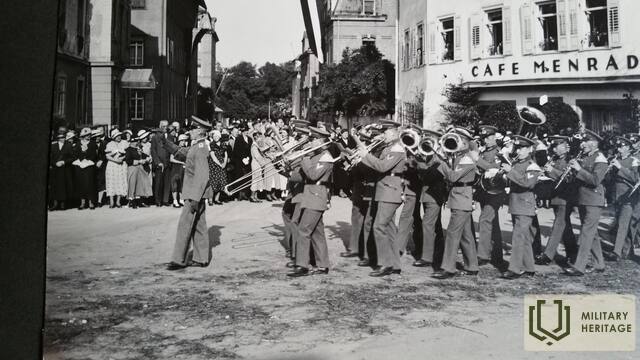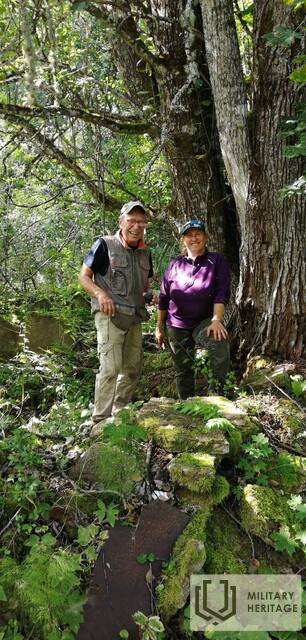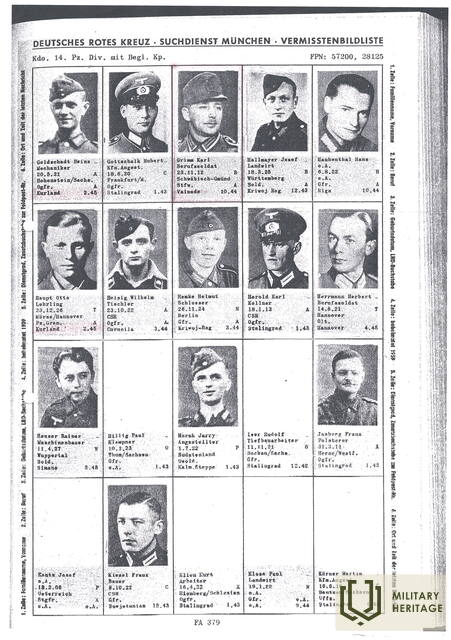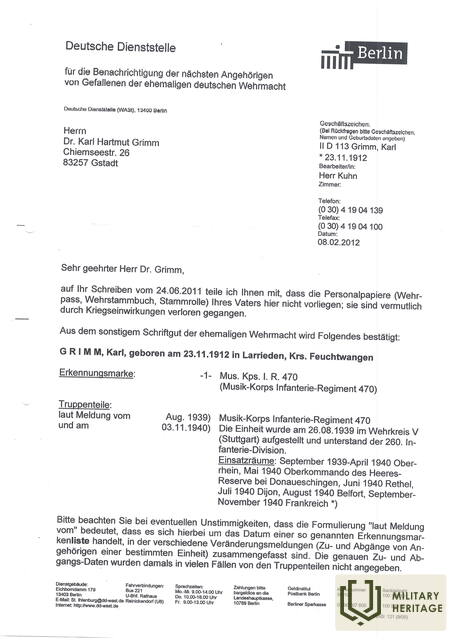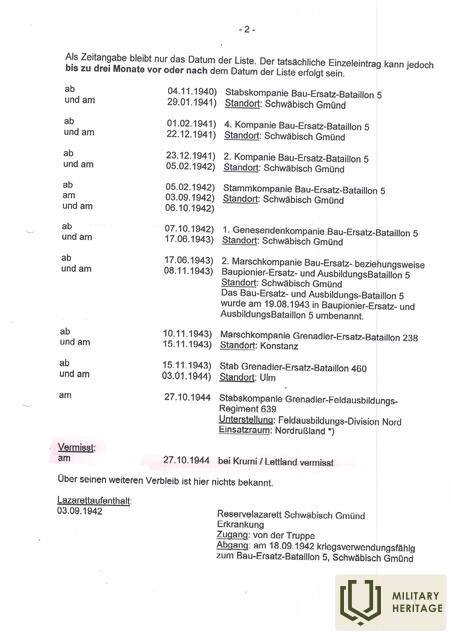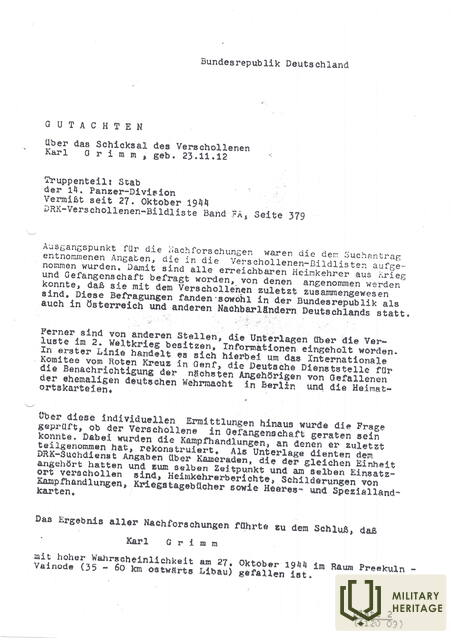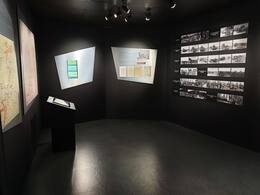Missing German soldiers during the Battle of Courland - Karl Grimm
The records of the German army group "North", later renamed "Kurland" during the siege of Courland, still do not contain clear information about the approximately 50 000 German soldiers. These soldiers are listed as missing. Even today, the relatives of these soldiers are trying to find traces of their relatives and ancestors in Kurland, both documentary and physical. One such story is that of Karl Grimm, a German soldier from Swabia (a historical region in south-west Germany, at the source of the Rhine and Danube rivers), whose war career was cut short on 27 October 1944 at the Krūmi home near Vaiņode (5 km to the NW from Vaiņode, Latvia)
Karl Grimm was born in 1912 in Larrieden, a small village in Bavaria, near the well-known medieval town of Dinkelsbühl. There he was a member of the Dinkelsbühel Youth Ensemble for several years, and then studied at the music conservatoire in Stuttgart, Baden-Württemberg, where he trained as a Kapellmeister. After 12 years as a trombonist in the symphony orchestra of the state of Baden-Württemberg, he volunteered for service in the Baden-Württemberg army in 1931. His service since 1939 has been in Germany in a reserve battalion, but a record appears in the archives on 27 October 1944 that on that date he went missing at the "Krum" home, near Vaiņode, Kurzeme. Karl Grimm had a wife and 4 children.
Searches in the archives and institutions of the Federal Republic of Germany were unsuccessful, because even when interviewing surviving former soldiers, no one could clearly indicate the reasons for Karl Grimm's disappearance or possible death. Therefore, Karl Grimm is still considered missing and still, as the documents state, "with a high probability" fell on 27.10.1944 in the vicinity of Priekule - Vaiņode".
Related timeline
Related topics
Related objects
Ezere local history repository “Muitas Nams” (Customs House)
The Ezere Customs House is located in Ezere near the Saldus-Mažeikiai highway at the Latvian-Lithuanian border. The act of surrender of the German Army units ‘Kurzeme’ (Kurland) surrounded in the so-called ‘Courland Pocket’ was signed in this building on 8 May 1945. It is believed that World War II actually ended in Ezere. The customs house has an exhibit covering the events of the end of World War II and exhibits detailing the history of Ezere parish from ancient to modern days. In the morning of 7 May 1945, the commander of the Leningrad Front, Marshal L. Govorov, sent an ultimatum to the command of the army group ‘Kurzeme’ to lay down arms. The act of surrender was signed by the involved parties on May 8 and it detailed the procedure of surrender, weapons collection points, documents and information to be submitted and other practical measures.
Saldus German Soldiers' Cemetery
The Saldus German Soldiers' Cemetery is located on the Saldus–Ezeres highway. The cemetery, which covers an area of 8 hectares, contains the remains of around 25,000 German soldiers, as well as some Latvian legionnaires. Reburials have been taking place since 1997.
From May 1 to October 1, an exhibition about the battles of Courland can be viewed in the memorial room. During this period, the memorial room is open on weekdays from 9:00 to 17:00, and on Saturdays and Sundays a guide is also working in the cemetery. Registers of soldiers buried in the Saldus German soldiers' cemetery and soldiers who fell throughout Latvia are also available.




